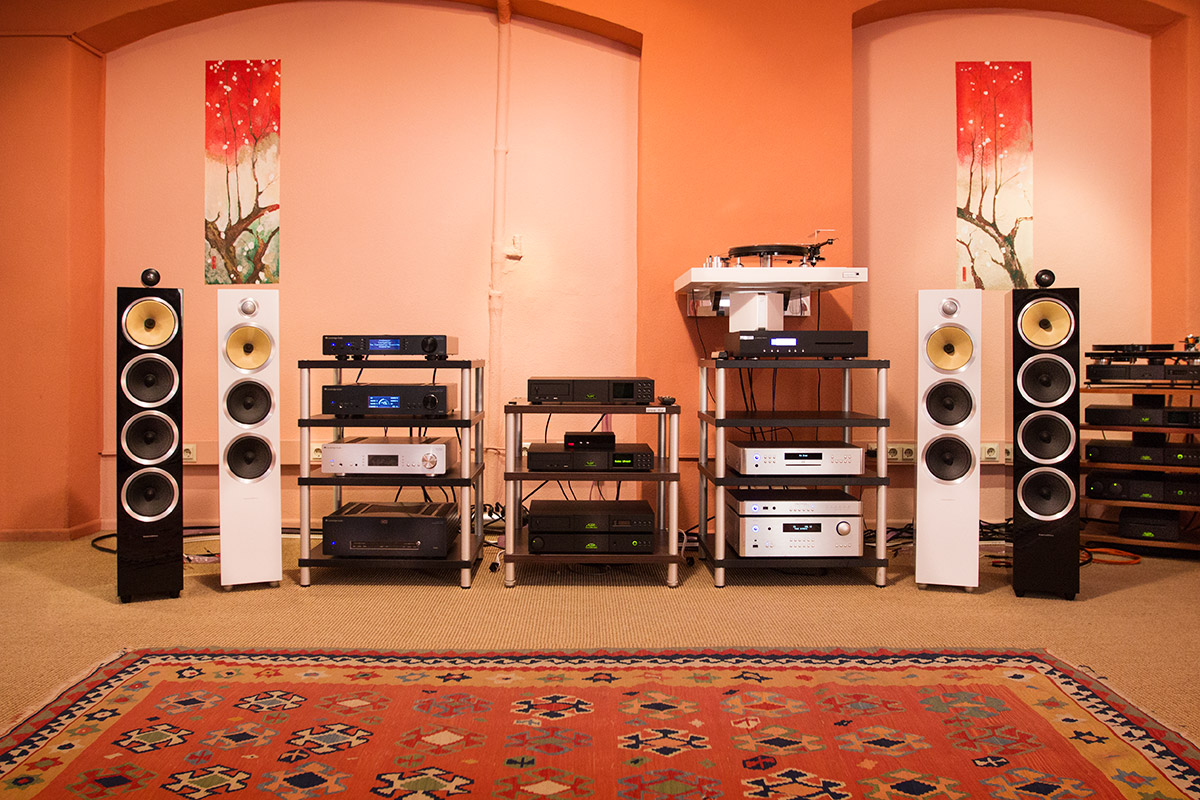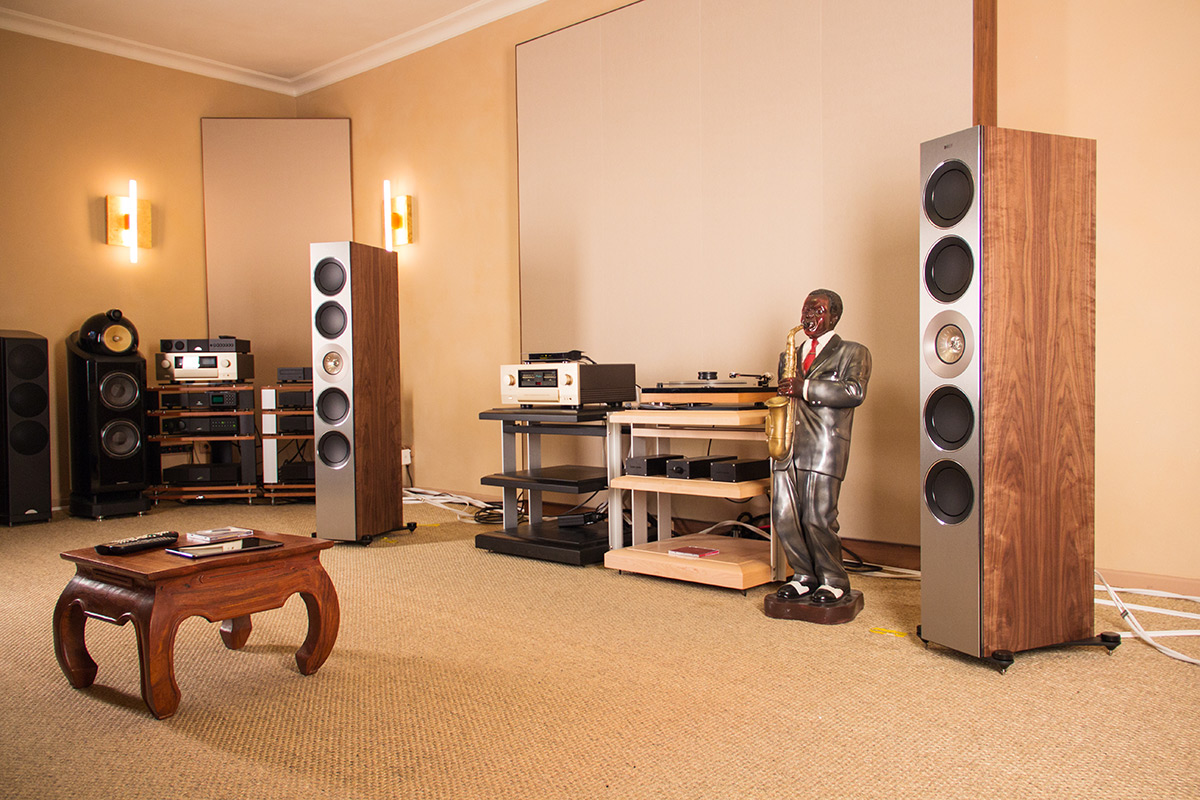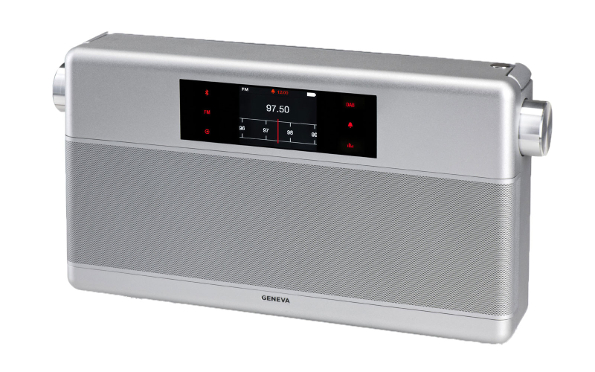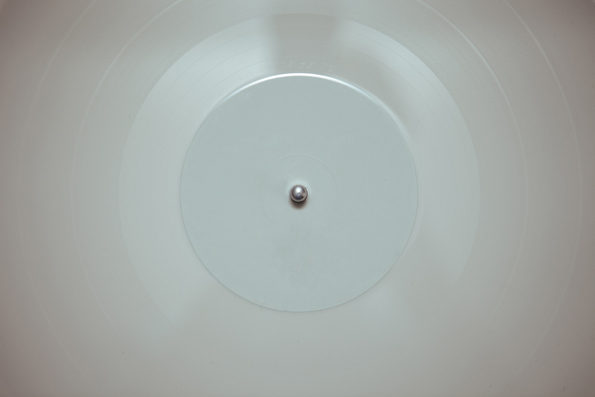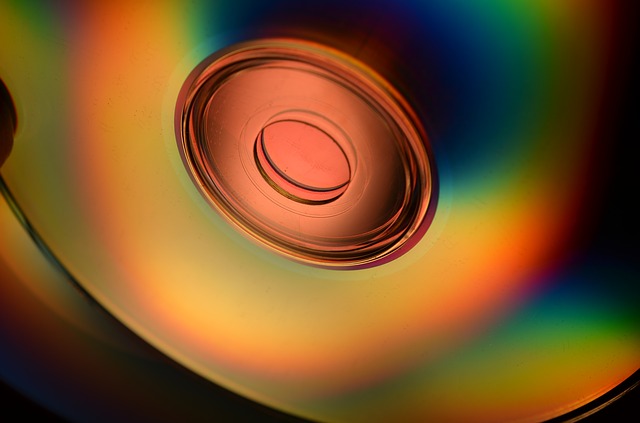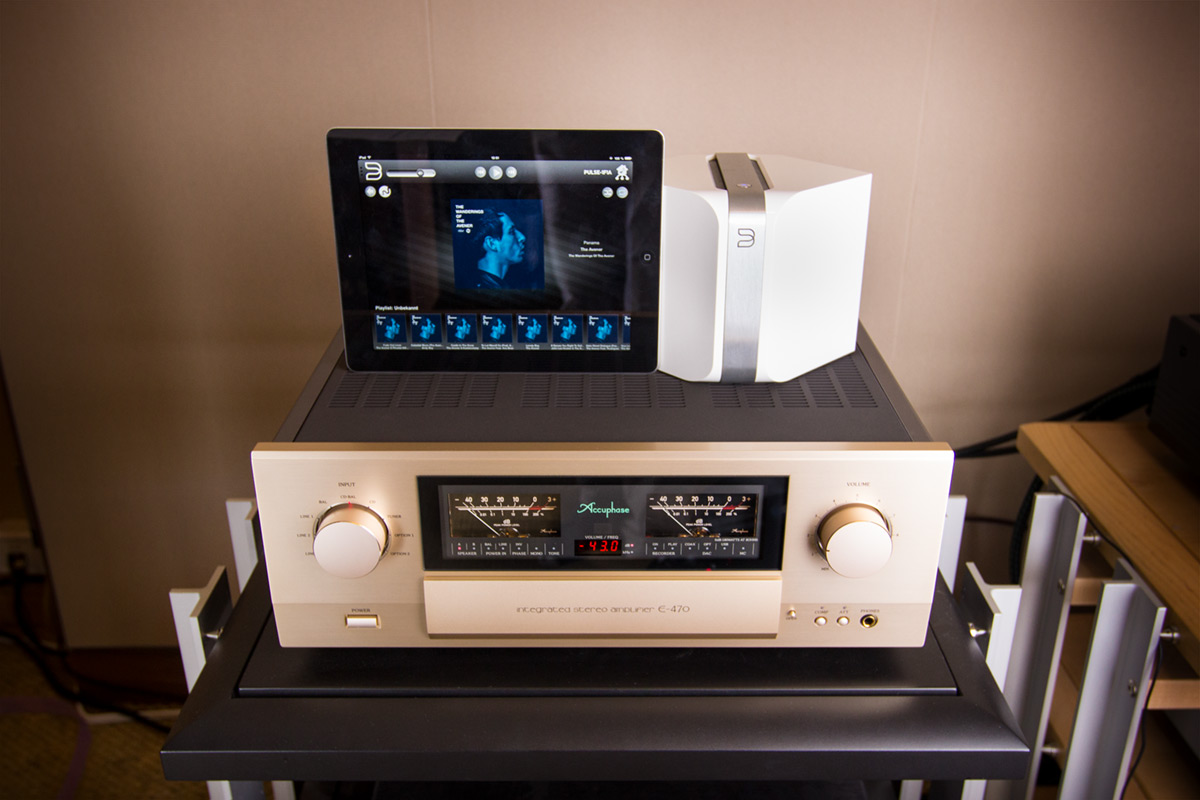
The ongoing evolution of music shifting out of the physical sound storage medium, coupled with the way to many modes and formates of music data of storing data on your computer, laptop, smartphone or server has altered the classic job profile of hi-fi equipment. Without question, this profile can be all together further questioned thanks to the possibility of streaming entirely online, it is theoretically possible to forgo a locally-stored library all together. In response to these changes in the market, countless solutions are now available to ensure the seamless integration of the digital sphere. In addition to the special accessories there are also those products which combine what were once orginally seperate equipment categories. It's very easy to loose track, so we're going to take you through slowly, showing you several examples of components that really matter.

